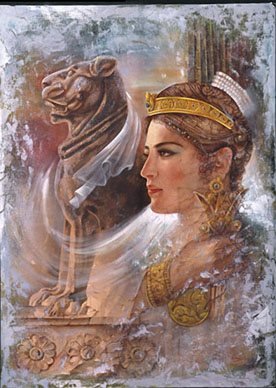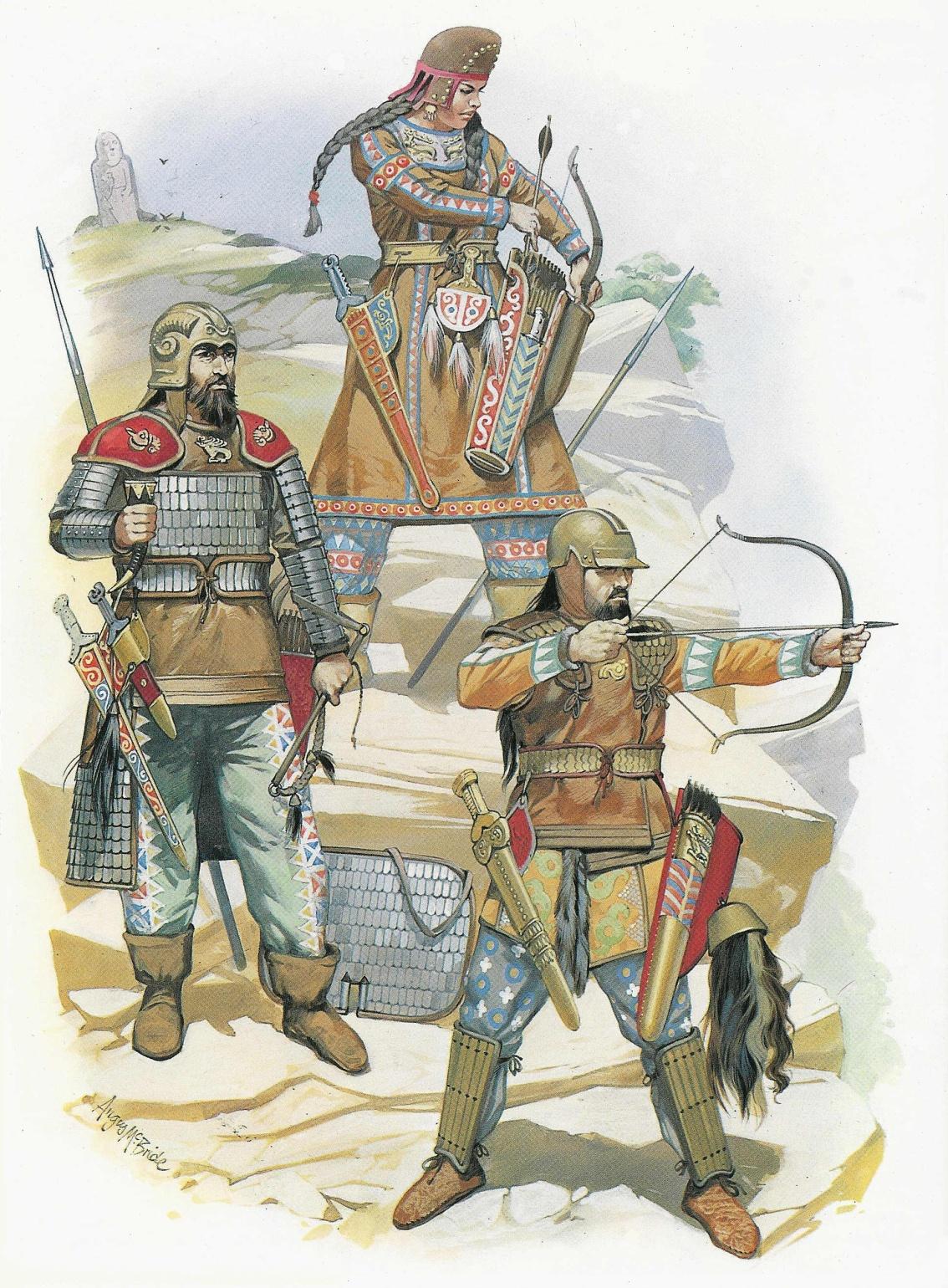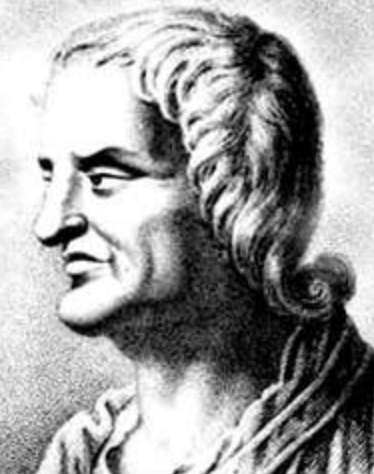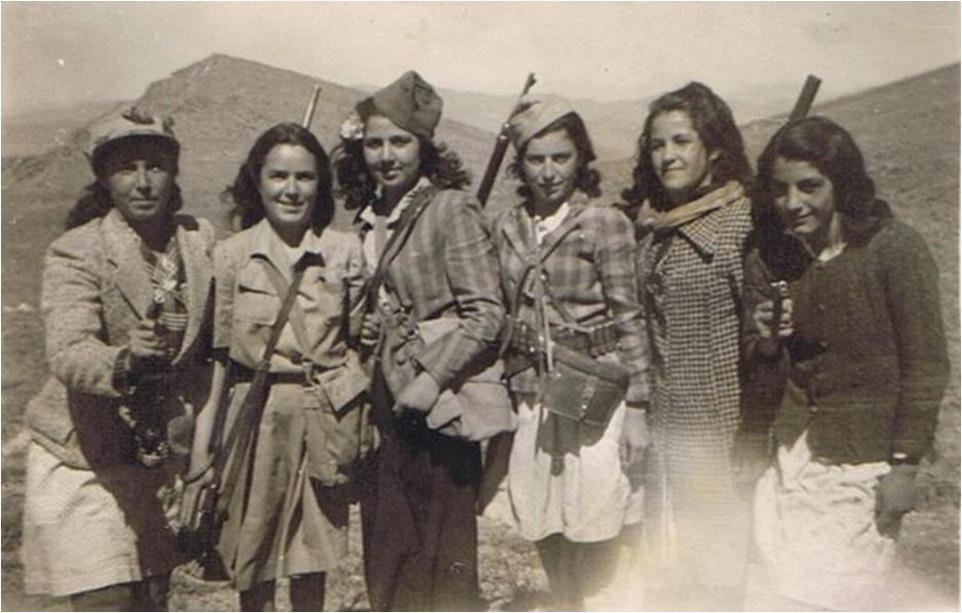The Avesta of the Zoroastrian faith makes clear that women are equal to men in receiving education, notably with respect to:
- The worship of frauuaṣ̌is (choices) of aēθrapaitinąm aēθriianąm narąm nāirinąm (teachers, of students—male[and] female) (Y. 26.7)
- Appointing a nāirikā (woman) who is huš.hąm.sāsta (bears sagacity/well educated) (Vr. 3.4 (and Gāh 4.9; see also Hintze, 2007, p. 199)

An artistic interpretation of the ancient Iranian Goddess of knowledge and science, Cheesta (Source: Mojarradat). The Avesta makes clear that women are equal to men in receiving education: there is a reference for example to the worship of frauuaṣ̌is (choices) of aēθrapaitinąm aēθriianąm narąm nāirinąm (teachers, of students—male [and] female) (Y. 26.7).
Interestingly with respect to the question of who is eligible to receive education for the task of aθauruna– (priestly service), we have the following information:
- The Herbedestan provides assurance that either lady (nāirikā–) or lord of household (nmānō.paiti–) qualify for this post
- Selection is based on solely merit or aṣ̌āi bərəjiiąstəmō (highest esteem for truth) (H. 1.2; see also Hintze, 2009, p. 188)

A reconstruction by Cernenko and Gorelik of the north-Iranian Saka or Scythians in battle (Cernenko & Gorelik, 1989, Plate F). The ancient Iranians (those in ancient Persia and the ones in ancient Eastern Europe) often had women warriors and chieftains, a practice not unlike those of the contemporary ancient Celts in ancient Central and Western Europe.
This strongly suggests that women’s education in Avesta period of the Iranians went beyond “housewife role” (cited from Gould, p. 150, Sanjana, pp. 17-19). In addition to education, women and men were expected to spread the Zoroastrian doctrines (Y. 35.6).
 Note the contrast of the aforementioned sources with respect to the judgmental statements made about women by Roman poet Juvenal (active late 1st – 2nd century CE, died 130 CE; Image source: The Famous People): “Really annoying is the woman who, as soon as she takes her place on the dining couch, praises Virgil [greatest Roman epic poet] excuses Dido’s suicide, compares and ranks in critical order the various poets and weighs Virgil and Homer [greatest Hellenic epic poet] on a pair of scales. Grammar teachers surrender, professors of rhetoric are defeated, the entire group of guests is silent…So loud and shrill are her words that you might think pots were being banged together and bells were being rung…Don’t marry a woman who speaks like an orator or knows every history book. There should be some things in books which she doesn’t understand. I hate a woman who reads and re-reads Palaemon’s treatise on grammar, who always obeys all the laws and rules of correct speech…Let her correct the grammar of her stupid girlfriend…” (Satires 6.434-456).
Note the contrast of the aforementioned sources with respect to the judgmental statements made about women by Roman poet Juvenal (active late 1st – 2nd century CE, died 130 CE; Image source: The Famous People): “Really annoying is the woman who, as soon as she takes her place on the dining couch, praises Virgil [greatest Roman epic poet] excuses Dido’s suicide, compares and ranks in critical order the various poets and weighs Virgil and Homer [greatest Hellenic epic poet] on a pair of scales. Grammar teachers surrender, professors of rhetoric are defeated, the entire group of guests is silent…So loud and shrill are her words that you might think pots were being banged together and bells were being rung…Don’t marry a woman who speaks like an orator or knows every history book. There should be some things in books which she doesn’t understand. I hate a woman who reads and re-reads Palaemon’s treatise on grammar, who always obeys all the laws and rules of correct speech…Let her correct the grammar of her stupid girlfriend…” (Satires 6.434-456).
The contrast between the elevated status of women in ancient Persia versus the role of women in ancient Greece and Rome was outlined in a lecture by Kaveh Farrokh in Portland State University in April 20, 2013 entitled “Women in Ancient Iran” …
For more on the role of women in ancient and post-Islamic Iran see here …

Iranian women from Malayer (near Hamedan in the northwest) engaged in target practice in the Malayer city limits in the late 1950s. The association between weapons and women is nothing new in Iran; Roman references for example note of Iranian women armed as regular troops in the armies of the Sassanians (224-651 CE). Western media, political venues, entertainment outlets and Eurocentrist academics have worked hard to block such images from appearing in mainstream Western culture.




